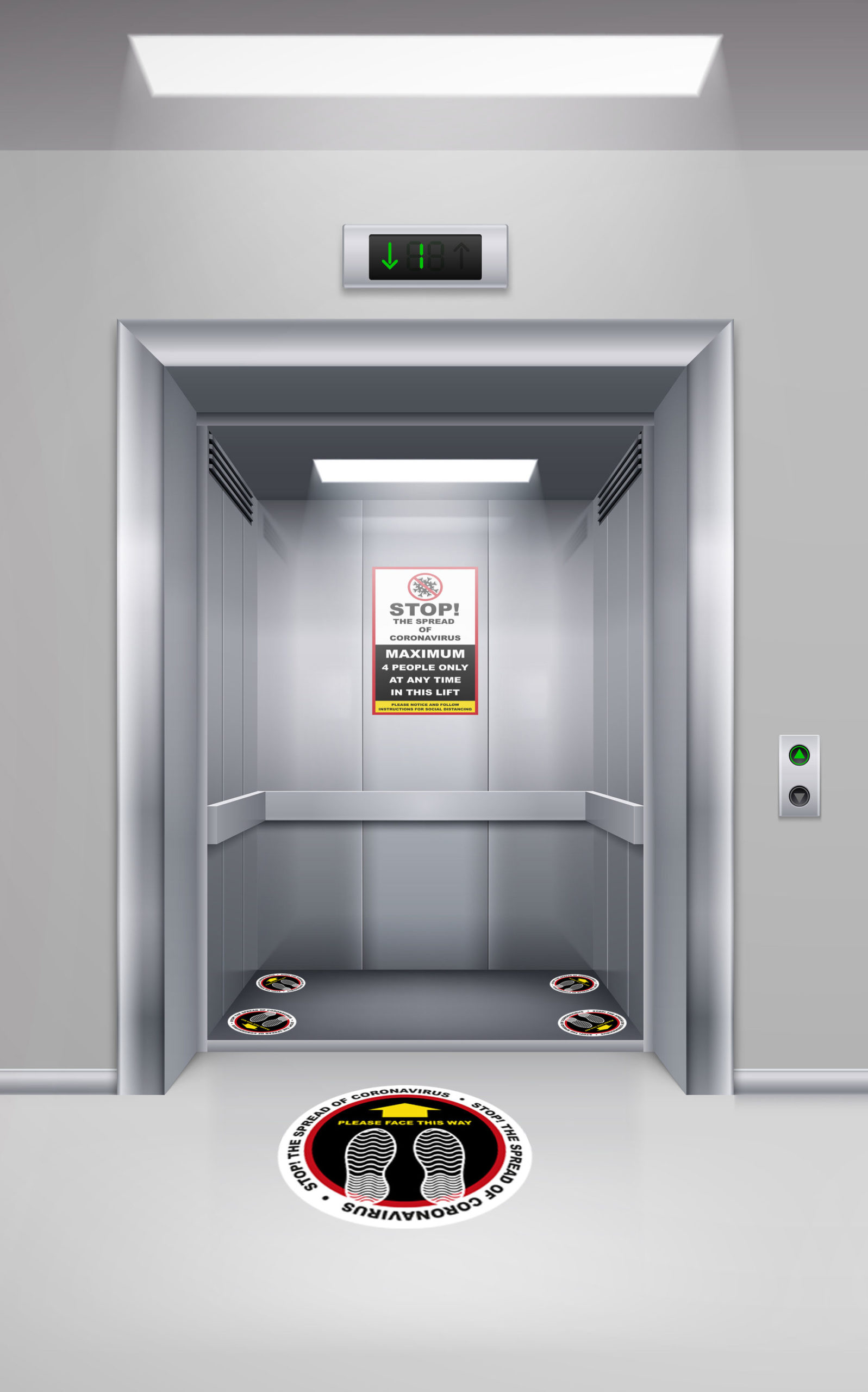Looking Into the Globe of Elevators: Usual Concerns Dealt With by Various Lift Mechanisms
As we browse through the vertical transportation systems of contemporary buildings, elevators stand out as a vital component of our everyday lives. From hydraulic lifts to grip systems and machine-room-less designs, each lift type comes with its set of typical problems.
Hydraulic Elevators
Hydraulic lifts, commonly chosen for low-rise buildings, use fluid pressure to regulate the movement of the elevator vehicle (lift repair companies). This system involves a hydraulic pump pushing oil into a cyndrical tube, creating the elevator to relocate the preferred direction. While hydraulic lifts are recognized for their quiet and smooth operation, they do come with their very own set of usual concerns
One widespread trouble with hydraulic elevators is oil leakage. The seals in the hydraulic system can put on out gradually, bring about oil seepage. This not just develops a mess yet can additionally impact the elevator's efficiency if left unaddressed. Additionally, concerns with the control system, such as defective shutoffs or a malfunctioning pump, can trigger disturbances in the elevator's movement.
Routine maintenance and punctual repair work are essential to ensure the smooth performance of hydraulic elevators. By dealing with these usual concerns proactively, structure proprietors can reduce downtime and make sure the security and effectiveness of their vertical transportation system.
Grip Lifts
When thinking about vertical transportation systems in buildings, another typical type besides hydraulic lifts is the grip elevator. Grip elevators operate using a system of ropes and weights that move the elevator cars and truck by grasping onto the hoist ropes. This device permits smoother and much faster vertical transportation compared to hydraulic systems.
Among the common issues faced by grip lifts is rope wear. The consistent motion of the ropes within the traction system can bring about deterioration over time, potentially triggering the lift to malfunction or become risky for usage. Normal evaluations and upkeep of the ropes are important to make sure the lift's appropriate functioning and safety.
Another concern that traction elevators may run into is connected to the control system. Problems with the control system can lead to issues such as erratic activity, hold-ups in response times, and even total closures. Regular testing and upkeep of the control system are crucial to protect against such issues and make sure the elevator's dependability.
Machine-Room-Less (MRL) Lifts

Among the essential parts of MRL elevators is the portable gearless traction equipment that is set up within the hoistway. This maker successfully drives the lift cars and truck without the need for large equipment located in conventional traction elevators. Furthermore, MRL link elevators typically use a weight system to balance the auto, more boosting their power effectiveness.
Despite their benefits, MRL elevators may deal with difficulties connected to repair and maintenance due to the constrained space for equipment installment. Access for servicing parts within the shaft can be limited, requiring specialized training for specialists. Correct maintenance schedules and normal assessments are important to guarantee the continued smooth operation of MRL lifts.
Overloading and Weight Limitation Issues
Overwhelming and weight limit problems are vital concerns in elevator procedures. Elevator producers layout lifts with particular weight capabilities to make certain guest safety and tools durability.
When lifts are overloaded, it puts too much strain on the electric motor, cables, and other elements, possibly causing break downs or breakdowns. Security mechanisms such as sensing units and overload sensors remain in area to stop lifts from moving if they identify excess weight. In addition, going beyond weight limitations can lead to enhanced power usage and damage on the lift system.
To reduce straining problems, developing supervisors should plainly present weight limits in lifts and enlighten passengers on the significance of adhering to these constraints - lift repair companies. Normal upkeep checks by qualified service technicians can likewise aid guarantee that lifts are operating within risk-free weight parameters. By dealing with overloading and weight restriction problems proactively, structure proprietors can enhance elevator safety and effectiveness
Electrical System Failures
Exceeding weight limits in elevators can not only lead to mechanical problems yet likewise potentially add to electrical system failures within the lift framework. Electrical system failures are an essential problem in elevator procedure, as they can create unforeseen closures, breakdowns, and even safety risks. One usual electrical issue is the getting too hot of components because of too much existing flow brought on by straining the lift beyond its capability. This can bring about damage to try this website the control, wiring, or motor systems, causing pricey fixings and downtime.
Additionally, power surges or changes in the electric supply can additionally interfere with the lift's operation, affecting its efficiency and safety. These electrical disturbances can harm delicate elevator components such as control panels, motherboard, or sensing units, resulting in system failures. Normal upkeep and inspections are critical to determine and address potential electrical concerns without delay, guaranteeing the efficient and safe procedure of elevator systems. By adhering to weight limits and conducting regular electric system checks, structure proprietors can reduce the risk of electrical failings in lifts.
Final Thought

Hydraulic lifts, often liked for low-rise buildings, use fluid pressure to regulate the motion of the lift cars and truck.When considering vertical transport systems in structures, another typical type apart from hydraulic lifts is the traction elevator. Grip elevators run utilizing a system of ropes and counterweights that relocate the elevator car by gripping onto the hoist ropes. Unlike standard elevators that call for a different machine space to house the equipment, MRL elevators integrate many of the components within his explanation the shaft, getting rid of the demand for a committed device room.In verdict, lifts face typical concerns such as hydraulic malfunctions, grip system failures, and electric system problems.